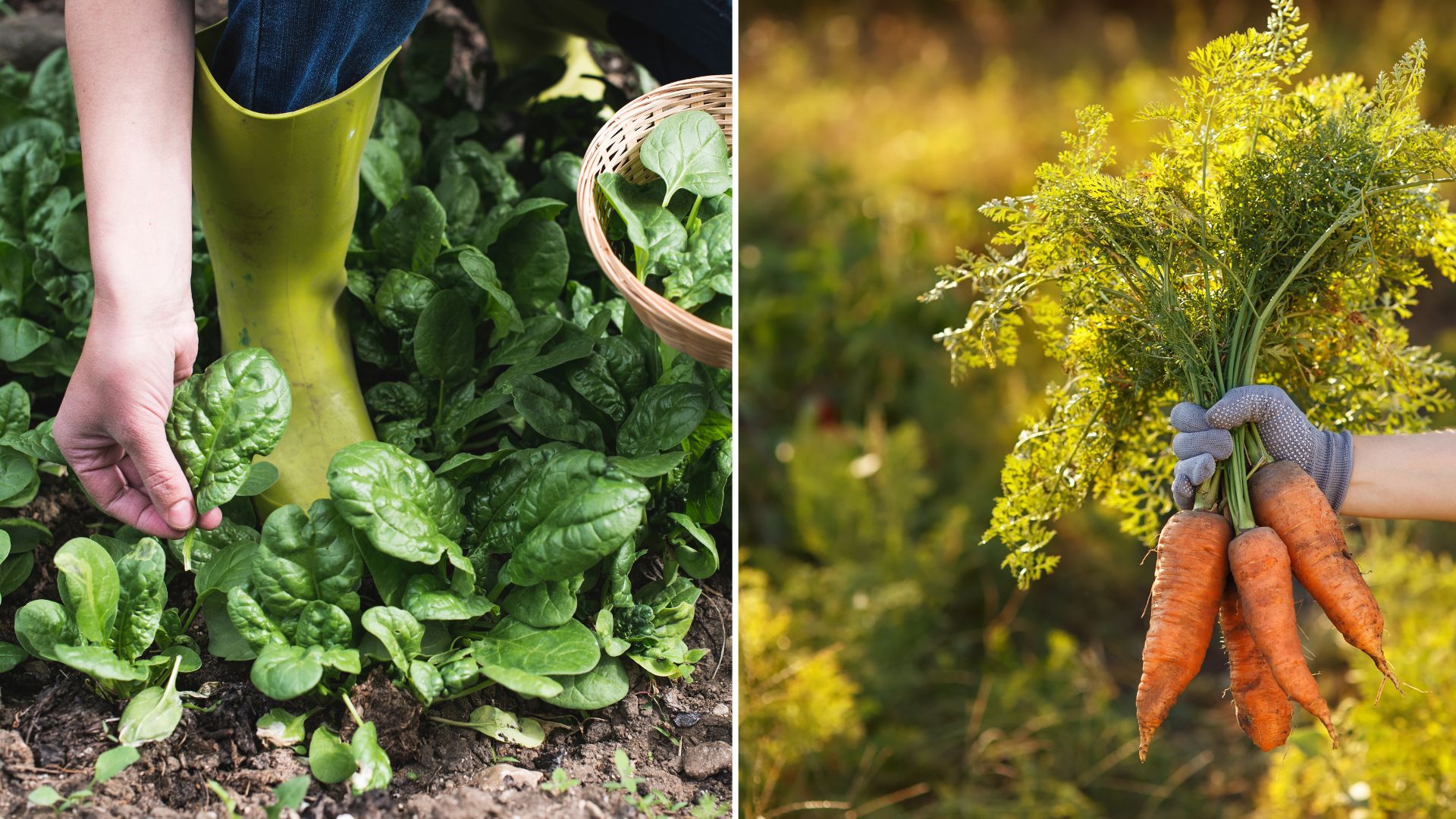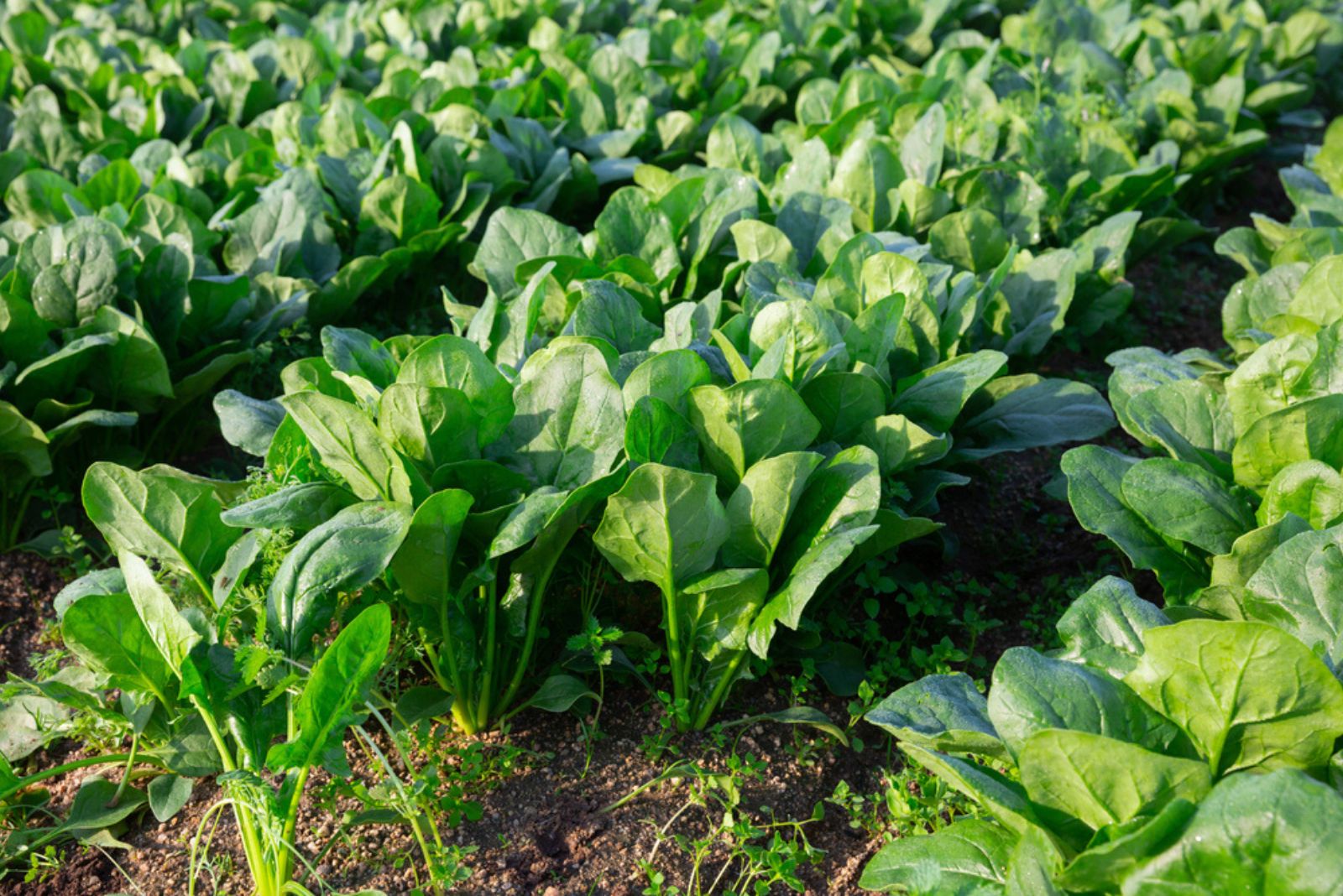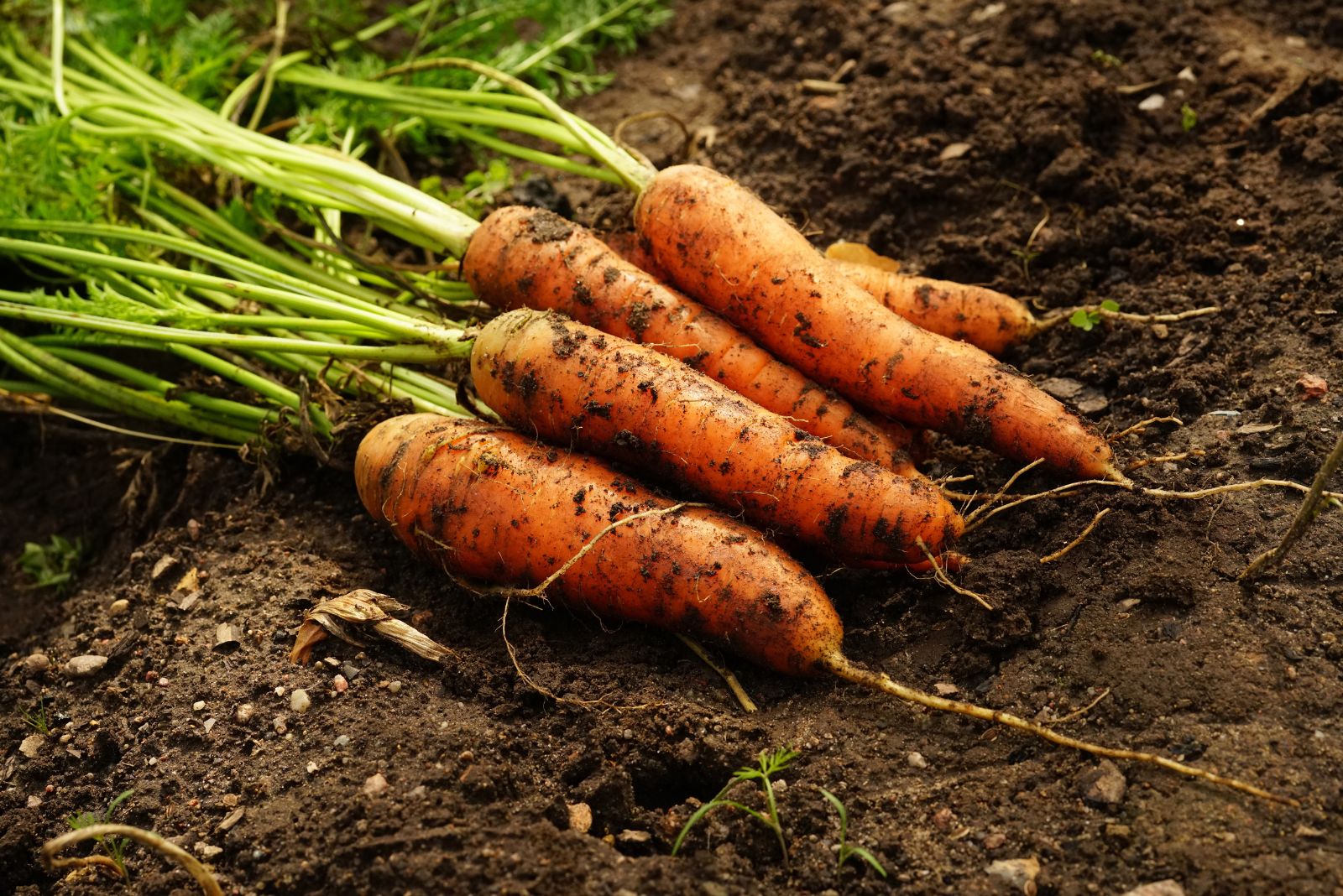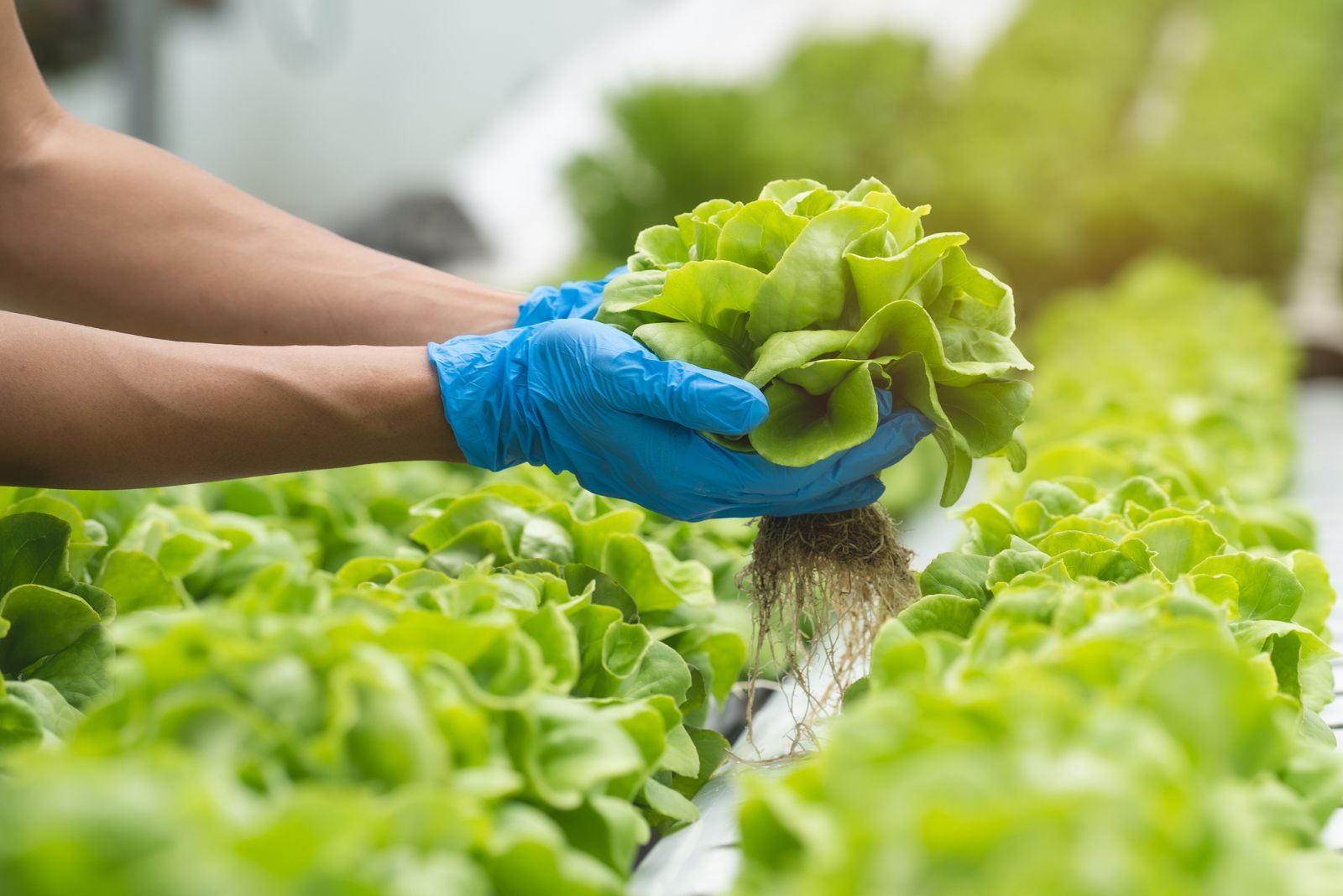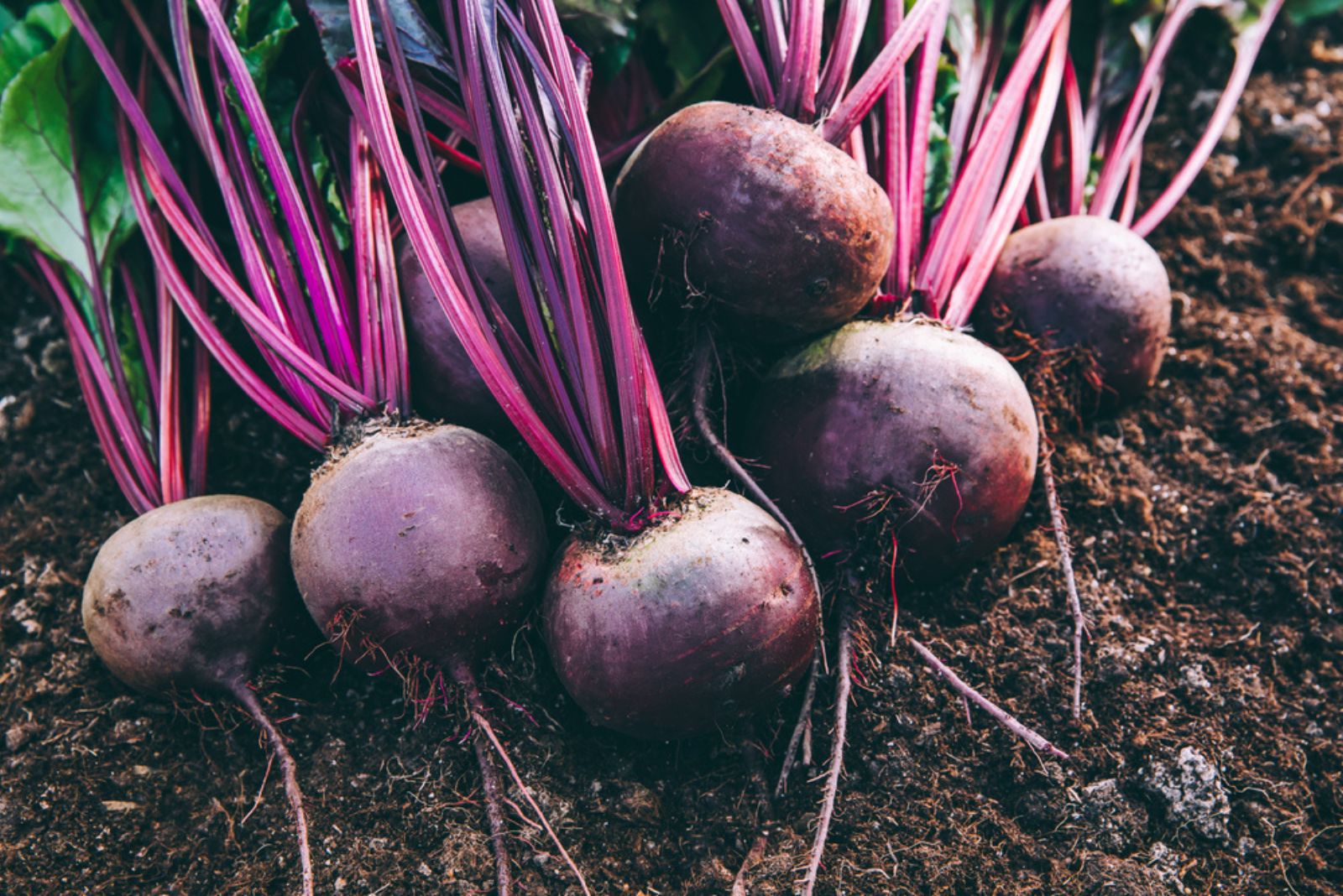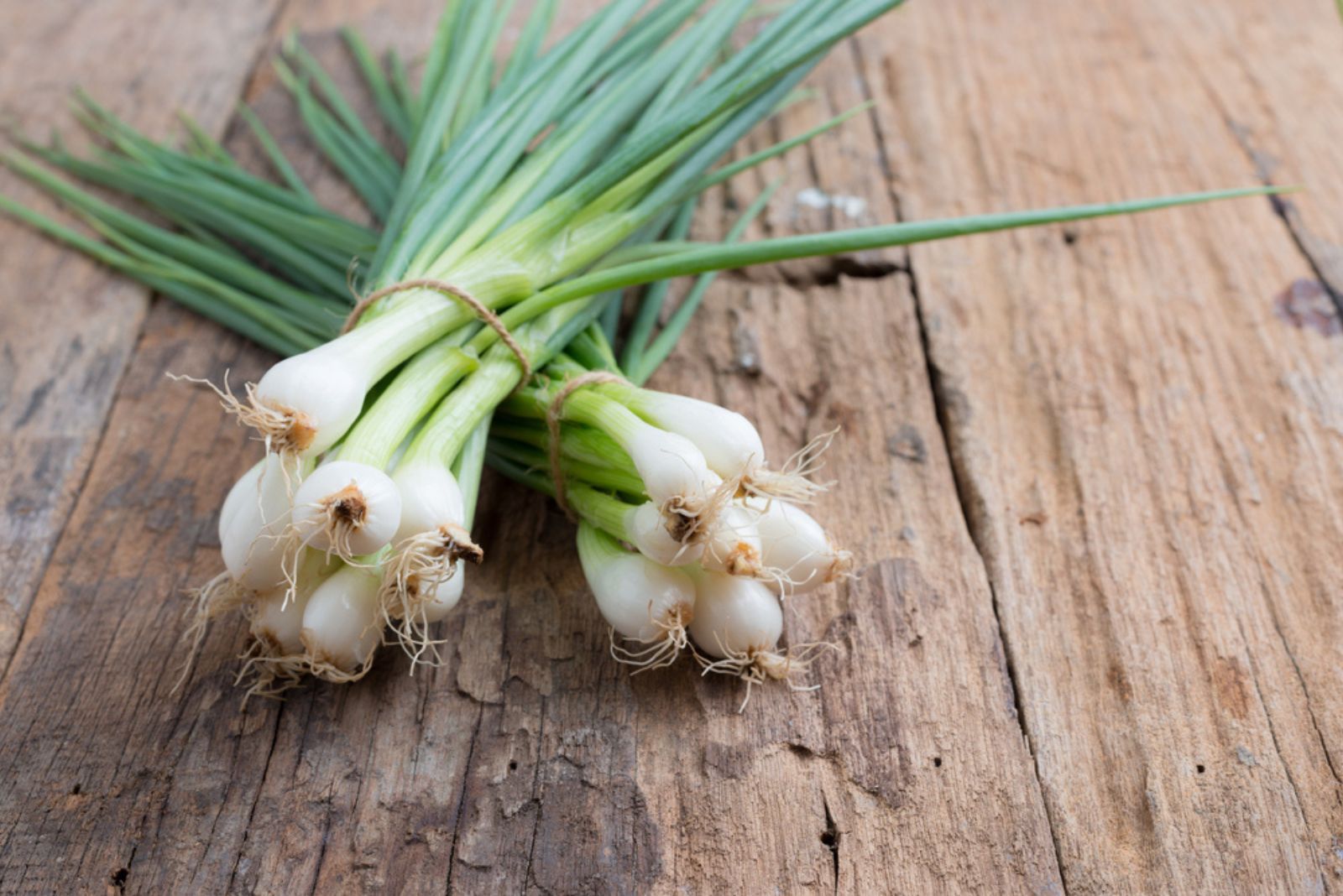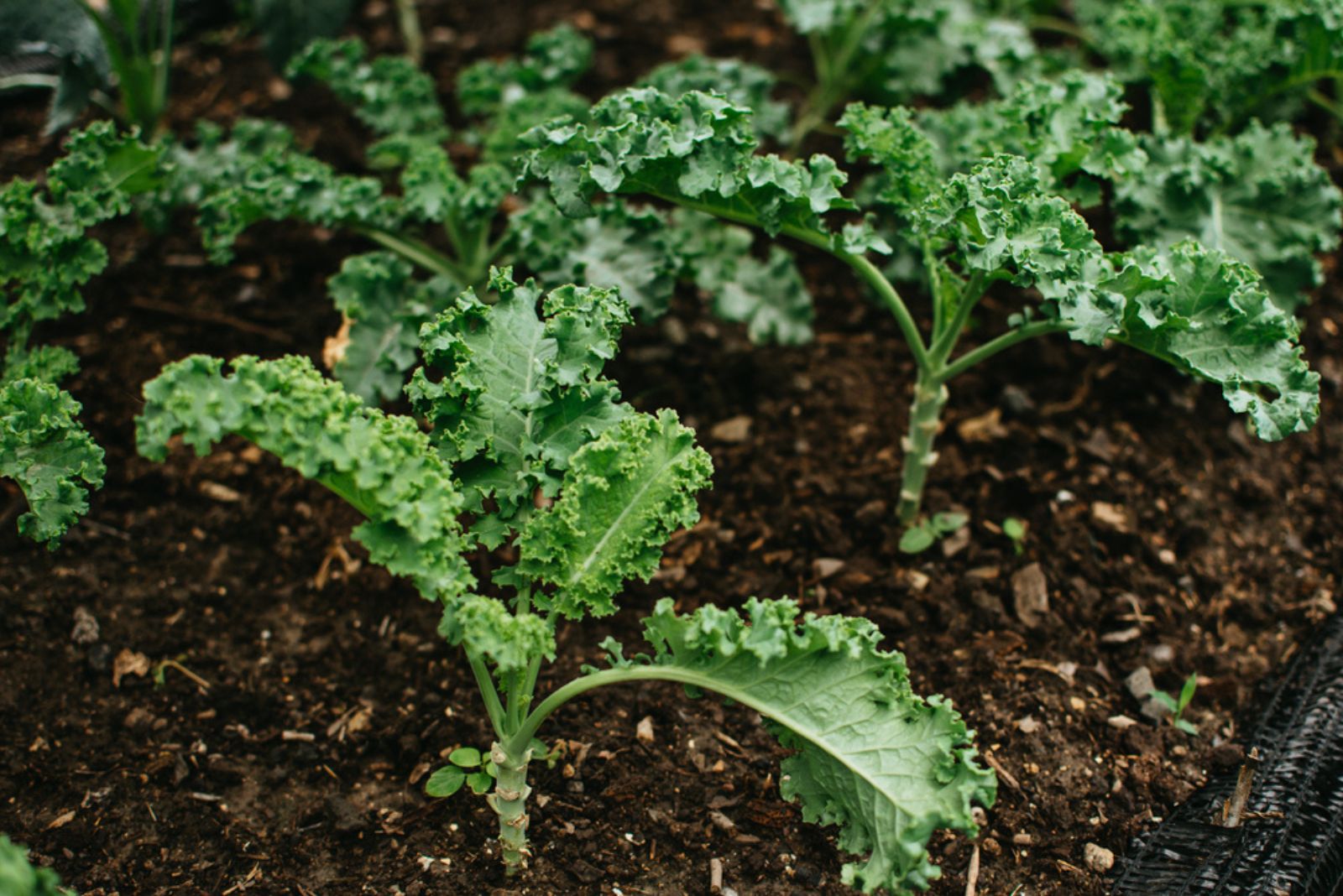Even though you might think that the end of the growing season is approaching, there’s still plenty of time to enjoy some veggies on your plate!
Plant these in September when the temperatures are still quite high, provide them with good growing conditions, and they will be ready for harvesting in October.
So, let’s see what veggies we are actually talking about!
1. Spinach
Spinach is a cool-season veggie that can thrive in mild temperatures. Sow spinach seeds in well-draining soil about 1/2 inch deep and 2 inches apart. You can plant them in rows or scatter the seeds for a more natural look.
Make sure to keep the soil evenly moist, especially if the summer is not over yet and the weather is still hot.
Start harvesting outer leaves when they reach a usable size, leaving the center leaves to continue growing.
You might also like: The Best Methods For Growing Spinach Indoors
2. Carrots
Carrots are root vegetables that are quite easy to grow. Plant carrot seeds in loose, sandy soil about 1/4 inch deep and 1 inch apart in rows. Ensure that there aren’t any rocks in the soil or you will end up with misshapen roots.
Thin carrot seedlings to 2-3 inches apart once they reach a few inches in height to allow room for proper root development. Keep the soil moist but not overwatered, and you will end up with baby carrots in no time!
If you are interested in hydroponics, here’s how to grow hydroponic carrots.
3. Lettuce
Here’s yet another cool-season veggie that is perfect for planting in September!
Sow the seeds in well-draining soil about ¼ inch deep and 6 inches apart in rows or containers. You can use ‘Red Romaine’ or ‘Buttercrunch’ varieties for this time of the year.
Lettuce prefers partial shade, especially in hot climates, but can tolerate full sun in mild regions. Keep the soil moist but avoid overwatering. This way, you will have crispy lettuce salad in a matter of weeks!
4. Radishes
Radishes are also root vegetables known for their quick growth, especially varieties like ‘French Breakfast’ and ‘Champion’. They also thrive in cooler temperatures, which is why it’s perfect to grow them during fall.
When planting, sow radish seeds 1/2 inch deep and 1 inch apart in rows. Make sure that the soil is loose and rock-free. Thin radish seedlings 2-3 inches apart once they emerge. Radishes are usually ready to harvest in 3-4 weeks when the roots are about 1-2 inches in diameter.
5. Beetroot
Beetroot are veggies that can grow and thrive in different soil types. However, one of the biggest beetroot growing mistakes is planting them in heavily compacted soil that is also not fertile.
Therefore, you should opt for a loose and well-draining soil when growing beetroot. Sow the seeds directly into the soil about half an inch deep and 2 inches apart in rows. As soon as they are a few inches tall, you can space seedlings 3–4 inches apart.
You can start harvesting when they reach the desired size, usually around 1-3 inches in diameter.
If you want to add vibrant colors to your garden, plant varieties like ‘Golden’ and ‘Detroit Dark Red’.
6. Spring Onions
Don’t let the name fool you!
Even though they are called Spring onions, these can grow perfectly fine in the fall as well. Plant spring onion sets or seeds about 1 inch apart in rows or containers. Make sure that the soil drains well.
Harvest them once they reach the desired size. Use both the green and white parts in salads or to make delicious soups and meals.
Also read: How To Grow Unlimited Green Onions Like A Pro
7. Kale
The last on our list is the quick-growing kale. This is a robust leafy vegetable that can tolerate colder weather. Opt for hardy varieties like ‘Winterbor’ or ‘Lacinato’.
Plant kale seeds or seedlings in well-drained, nutrient-rich soil about 1/2 inch deep and 12-18 inches apart in rows. Kale prefers full sunlight but can tolerate partial shade, especially in hot climates
You can begin harvesting kale leaves when they are large enough to use, typically starting from the outer leaves. Regular harvesting promotes continued growth, and kale can be harvested throughout the season.
If you are new to growing kale, make sure to check out this Complete Guide To The Kale Growing Stages & What To Expect.

